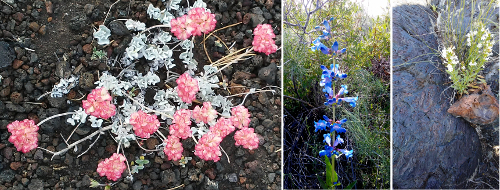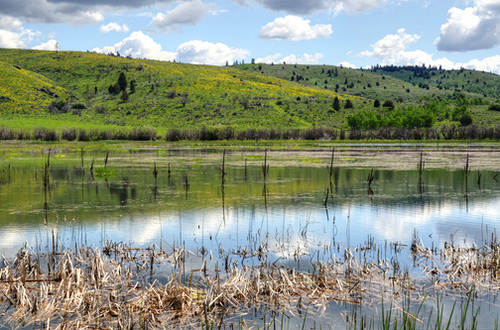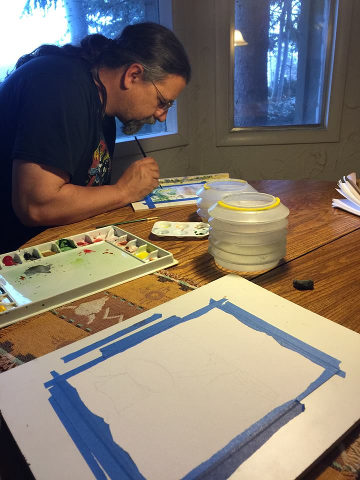 March 3, 2018
March 3, 2018
Paint-out at Monty’s
Kara and I knew we wanted to paint Henry’s Fork of the Snake River this week, but with a spring snow storm in the works we were about to pull the plug and chicken out. Luckily our friends,Monty and Marilyn, have a beautiful property located next to Henry’s Fork of the Snake River and with a quick phone call we were soon setting up our paint kits next to the large picture window in the kitchen. We were both painting in water colors, as guest in a friend’s house we felt using easy to clean up medium was important. Now, I know it is a cheat, and a cop-out to paint from inside, but the fact that we kept to our schedule and painted on a nasty day was an emotional win.
Monty invited us to stay for dinner, and while we painted, Monty a true culinary artist, went to work as well. Kara worked on a composite composition, juxtaposing interesting objects she could see and arranged them together in a pleasing design. This is a fun exercise to practice; you will use your understanding of painting from life, mixed with abstract design, it is using artistic license at its finest. I started working on the visible landscape with the river in the background. Monty has lawn sculptures of a garden nymph, and a tree fairy and I realized that incorporating them into the design made my painting look more like a fantasy painting than a realistic landscape. I kept them in and painted anyway. It has been a while since I used watercolors but like an old friend we quickly picked up where we left off. I enjoyed the change of pace and the change of medium and over all had a great time. The light started to fade so we picked up our paints and set the table for dinner. Sharing in the social aspect of painting was a kind reminder that the visual arts are an important part of communication, and community.



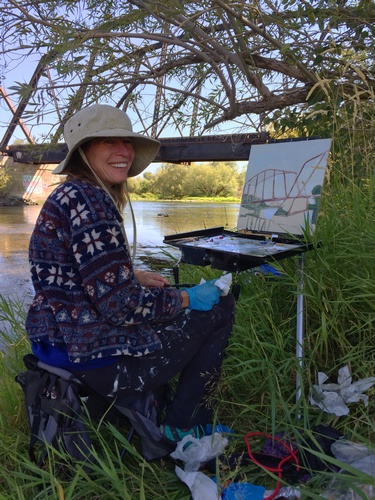
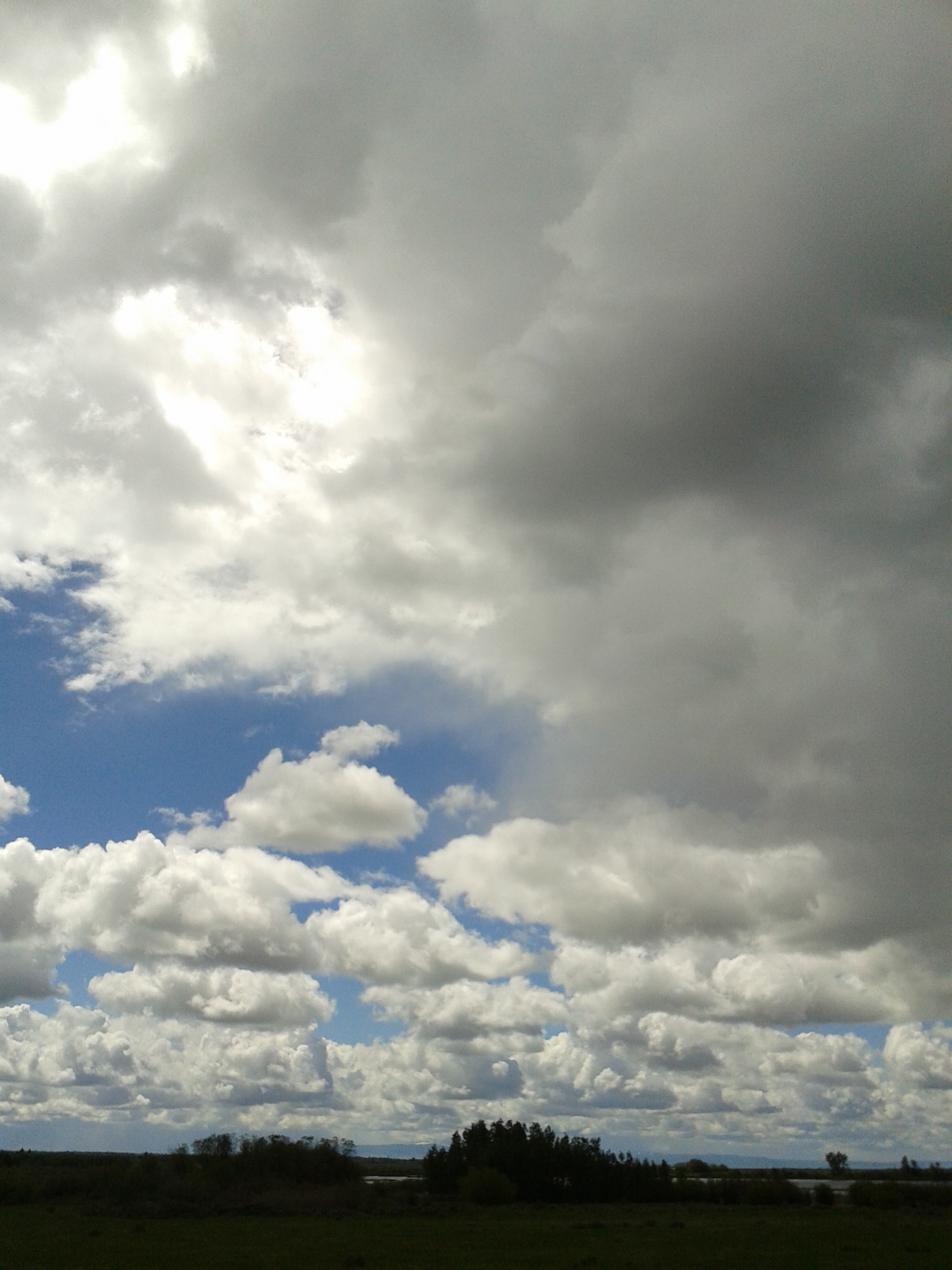

 Colors of Craters of the Moon: If you are joining us at Craters of the Moon, consider using a palette of the transparent primary colors cyan, magenta and yellow or add cyan and magenta to your palette of colors. Why? Because some of the most prominent flowers blooming at Craters during the spring bloom can be most accurately rendered with these colors. And, you can make the vibrant reds and blues you need from these colors to maintain color harmony.
Colors of Craters of the Moon: If you are joining us at Craters of the Moon, consider using a palette of the transparent primary colors cyan, magenta and yellow or add cyan and magenta to your palette of colors. Why? Because some of the most prominent flowers blooming at Craters during the spring bloom can be most accurately rendered with these colors. And, you can make the vibrant reds and blues you need from these colors to maintain color harmony. 